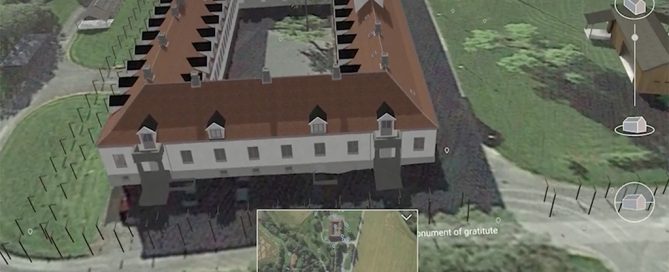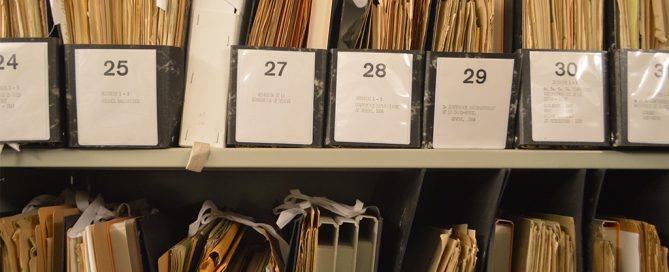Spotlight: The Falstad Centre
By Dr. Ben Pelling Our Spotlight series takes a deeper dive into the digital offerings of worldwide memorial sites. This week, Dr. Ben Pelling looks at how the Falstad Museum, Memorial and Human Rights Centre has used technology to enhance its offerings and educational programme and how it overcame some of the challenges this has presented. Within the top 5 results following a Google search of “Falstad Prison Camp” is a page from the Visit Norway website announcing a guest house for up to 55 guests and the description: “Experience serenity in a rural setting at the Falstad Center, a national memorial situated within the main building of the former German prison camp, SS Strafgefangenlager Falstad, dating back to World War II.” Guests can access the museum’s exhibitions, libraries and more. While perhaps surprising, this is actually just one in a long line of reinventions and changes in the history of the former prison camp. Falstad: School, Prison, Museum & Memorial The remote site was first established in 1895 as a Reformative School for Troubled Boys, part of a movement that at the time was seen as a progressive. But in October 1941, the occupying German forces seized the property [...]

